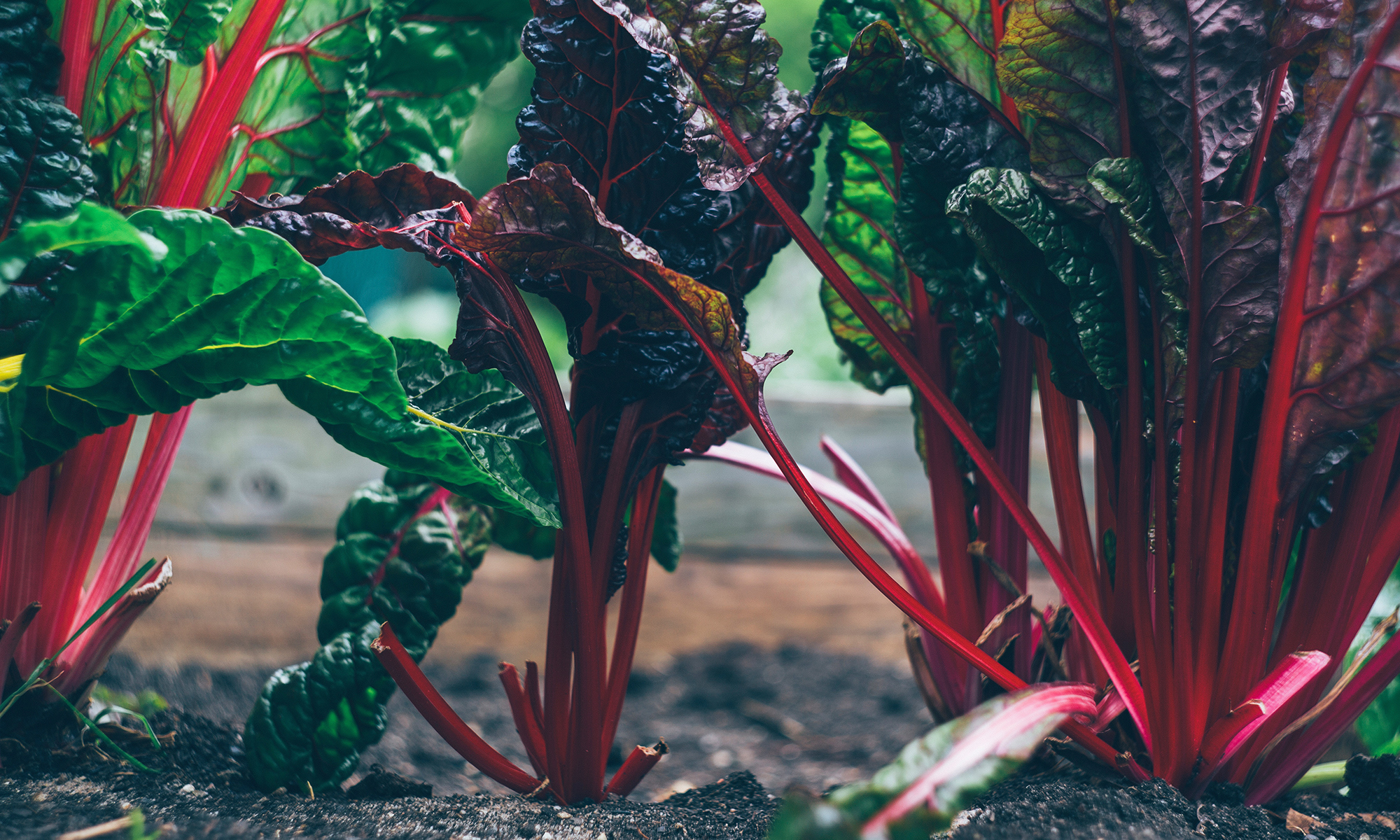You’ve heard of carnivores, and perhaps even omnivores… but do you know what a locavore is? I can tell you, I am the first two and working towards the third. Yes, I eat meat (carni-) and everything (omni-) and I try to eat local (loca-). With Boston area farmers markets opening up this month for the season, my locavore efforts increase.
The Locavore Movement was founded by “a group of concerned culinary adventurers who are making an effort to eat only foods grown or harvested within a 100 mile radius of San Francisco for an entire month.” This was August 2005. The notion was that local foods are better for the environment, the economy and our health. In just a few years, the challenge has spread across the country, and people are thinking about local foods year-round.
By now, we know why local foods are better for the environment. The statistics are in every paper on a weekly basis: the average American meal travels 1,500 miles from farm to table. To get the food to the table, it must be processed, packaged (think about those 3-packs of tomatoes that are in a plastic webbed container wrapped in yet more plastic), shipped (in refrigerated trucks) and warehoused (in climate controlled storage facilities). And this process of “farm to table” can take up to 3 weeks – each step adding to our “global consumption” of petroleum. By purchasing foods from local farmers, we minimize the environmental impact of each step in this literal food-chain.
Sometimes it’s hard to see how buying local is better for the economy. After all, local produce often costs more than the Californian and even Chilean counterpart. Cambridge Local First compiled a top ten list for buying from locally owned business: this can easily be applied as general reasons for buying local. I will summarize for you now: When you buy locally, the money you spend stays within the local economy. The business owners spend their profits in Massachusetts (or wherever local is for you), and those taxes go towards local infrastructure: roads, schools, police, etcetera. By supporting local farmers, you keep jobs in your local community. When you shop at large chains the profits go to the economy of the large chain’s headquarters.
The health benefits are straightforward. When food travels less, it can stay on the vine longer. The longer it stays on the vine, the more time it has to absorbed essential nutrients from the soil and sun. Further, the minute produce is picked it begins to leach out its nutritional value (this also speaks to why frozen vegetables can sometimes be better than fresh).
Let’s be honest, though… being a locavore in California is much easier than in Massachusetts… And August, the agricultural jackpot, is less oppressive than taking this challenge in February. But when I think about the resources in New England, we are really quite fortunate. We can get seafood from Maine to the Cape even in the depths of winter. King Arthur Flour is based in Vermont. And local meat and dairy suppliers abound from Massachusetts to New Hampshire. The real issue is getting fresh produce in the darker, colder months. From November to April, we’re mostly reliant on farmers farther afield.
If you want to buy local in Massachusetts, the best resource is The Federation of Massachusetts Farmers’ Markets website. The site lists all the area farmers’ markets with dates, times and locations. More importantly, all the vendors are mentioned with links to their websites and/or contact information. Many vendors will also list their product offerings to make menu planning easier. If you can’t get to the markets during the allotted times, you can always visit the farms!
For a recent dinner party, I wanted to serve roasted asparagus (requiring a 450F oven), but was also baking the strawberry rhubarb pie (at 375F). I opted to put the asparagus on the floor of the oven for a searing heat that caramelized the spears without overcooking them. This impromptu method worked so well, it is now my standard method for roasting asparagus.
Strawberry shortcake showcases the sweet berry. This variation puts an Italian spin on the American classic.
1/4 cup balsamic vinegar
1/2 cup sugar
2 quarts strawberries
1/2 cup heavy cream, whipped to stiff peaks
Biscuits:
1 3/4 cup all purpose flour
1 tsp. salt
1 tbs. sugar
2 tsp. baking powder
1/2 tsp. yeast
4 tbs. butter
2/3 cup milk
1. Dissolve the yeast in milk. Combine dry ingredients. With a knife or fingers, cut in the butter. Mix in milk.
2. Roll out to 1/4” thickness. Cut into desired shapes.
3. Bake for 12 minutes at 450.
Tis the Season to Buy Local!
